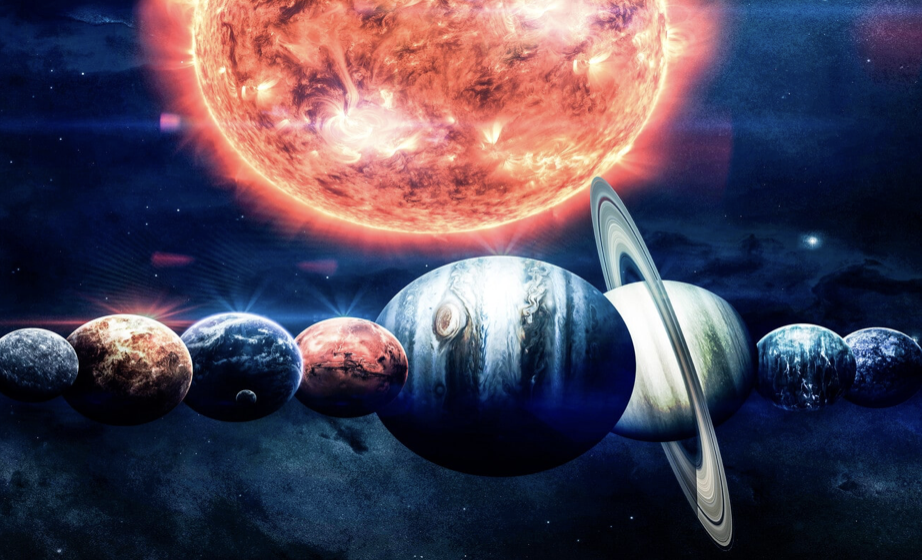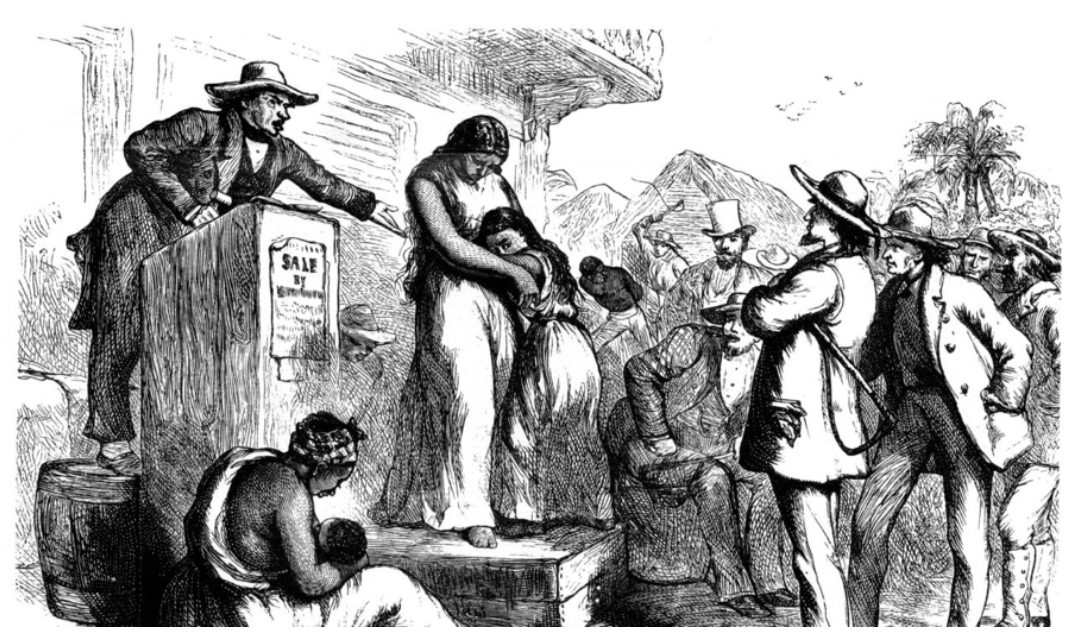Introduction
With the rise of secularism and the new atheism, the existence of God is often called into question in many academic settings. Naturalists have asserted that God does not exist. Once they remove God from the equation, alternative explanations had to be formulated for the origin of the universe. Erwin W. Lutzer stated: If you do not believe that God created all that is, you must either believe that (1) there was nothing, there was nothing but from that nothing something came about or (2) there is no explanation for the existence of the universe, and whatever life we see around us has arisen from impersonal, random forces”. But logically speaking there are three possibilities for the existence of the universe. The universe is eternal; it is not eternal and caused; it is not eternal and uncaused. Using the Kalām cosmological argument, I will make a case for the universe having a beginning and that it was caused by an uncaused, external personal agent.
Kalām literally means ‘speech’ in Arabic. The Kalām cosmological argument was initially formulated by al-Ghāzalī as follows: “Every being which begins has a cause for its beginning; now, the world is a being which begins; therefore, it possesses a cause for its beginning”.
Erwin W. Lutzer, Seven Reasons Why You Can Trust Your Bible (Chicago: Moody Publishers, 2008), 116.
Every being which begins has a cause for its beginning
R. C. Sproul argued that: “Everything in time and space had a beginning…You can’t get something from nothing. An absolute law of science and logic is ex nihilo nihil fit (out of nothing, nothing comes)”. The notion “beginning to exist” implies that anything that falls in that category is not eternal. Their coming to existence is in fact an effect. And for every effect there needs to be a cause.
William L. Craig posits that : “ To suggest that that things could just pop into being uncaused or out of nothing is to quit doing serious metaphysics and to resort to magic”. Both metaphysical intuition and human experience confirm that things come to exist because they are caused. If that is not the case, anything could just pop into existence without any explanation whatsoever. But this has never been empirically proven so far. Thus, the causal principle is necessary to explain the reality of things that begin to exist.
R. C. Sproul, Essential Truth of the Christian Faith (Carol Stream, IL: Tyndale, 1992), 61.
William Lane Craig, Reasonable Faith: Christian Truth and Apologetics (Wheaton, IL: Crossway, 2008), 111.
However, objections have been posed against the causal principle. I will consider three objections and provide responses to them. The first objection has to do with the idea that causality principle only applies to things inside the universe but it does not apply to the universe itself. The first premise is not referring to laws of physics, such as gravity or thermodynamics, that are only applicable to things inside the universe. The first premise is a metaphysical principle, not a physical law of nature. It is metaphysically absurd to believe that the universe came to exist, uncaused, out of nothing, for the simple fact that “being” cannot come from “non-being”. Thus, something cannot come to exist uncaused out of nothing. The causal principle applies to all of reality. L. Russ Bush beautifully stated : “If the universe, then, can be properly described as in any sense an effect, rational thought about this fact would demand (as a necessary rather than a merely probable conclusion) that there must be a first, original uncaused cause.
As a second objection, skeptics point that in physics, subatomic particles come into being from nothing. Consequently, something can come from nothing.
This is a misrepresentation of science. The theories refer to particles originating as fluctuation of energy contained in the vacuum according to William L. Craig. Such vacuum is not to be understood as nothing but rather a sea of fluctuating energy governed by physical law and having a physical structure.
The third objection formulated by J.L. Mackie cited by William L. Craig goes as follow: “There is a priori no good reason why a sheer origination of things, not determined by anything, should be unacceptable, whereas the existence of a god with the power to create the universe out of nothing is acceptable”.
L. Russ Bush, A Handbook for Christian Philosophy, (Michigan; Zondervan, 1991), p. 108.
William L. Craig, On Guard: Defending Your Faith with Reason and Precision, (Colorado Spring, CO; David Cook Publishing, 2010), p. 76.
Mackie’s objection is not really addressing the premise that everything that begins to exist has a beginning but rather he is questioning the reason for accepting that as a fact. He would confess at some point that the causal principle has some plausibility since it is confirmed by our experience.
Apparently, Mackie seems to be comfortable with an ex nihilo creation in the same way that theism asserts that God created the universe out of nothing. But, before the creation of the universe there was no time or time was undifferentiated. That is conformed with the Kalām argument in regards to the impossibility of infinite regress of events. Consequently, the rejection by Mackie of the Kalām argument is not justified. But does the universe have a beginning?
The universe is a being which begins to exist
Various models have been proposed as arguments against the universe having a beginning. Counterarguments were introduced by William L. Craig, for each model presenting a series of flaws for which they cannot be accepted as true.
First, there is the Steady State model which posits that as the universe is expanding the galaxies are also receding. As a result, new matter is generated ex nihilo into the voids created by the galactic recession. This implies that the universe is eternal.
William Lane Craig, Reasonable Faith: Christian Truth and Apologetics (Wheaton, IL: Crossway, 2008), p. 112.
William Lane Craig. Reasonable Faith: Christian Truth and Apologetics (Wheaton, IL: Crossway, 2008), p.126,127, 128,129, 132.
The Steady State model is purely metaphysical. While it has never performed a single experimental verification, observational astronomy has demonstrated that the universe had an evolutionary history. The Big Bang refutes the Steady State model. And, there is evidence for the former in the microwave background radiation, which could be caused by extreme conditions present in the first moment of the Big Bang. The cosmic background radiation discredits the Steady State model. Most of the cosmologists agree with that. In addition, there is evidence that the universe is slowly running out of its usable energy. It is described as a state of equilibrium where the universe will not have enough energy for its operations. That’s the second law of thermodynamics. It is logical to believe that something that is diminishing must have had a starting point where it was in sufficient quantity, all other things remaining equal. If the energy that the universe had at a certain moment is diminishing, it cannot be argued that the universe is eternal; if it were, the second law of thermodynamics would be falsified. But that is not the case, as we should have already reached equilibrium if the universe is eternal; We have not, so the universe is not eternal.
Second, the Oscillating Model which suggests that the universe, due to the fact that matter is not evenly distributed, but passing by one another, is caused to bounce back from the contraction into a new expansion phase repeatedly. This implies that the universe is eternal.
The Oscillating Model, just like the Steady State model, involves metaphysical motivation for adopting it. Research conducted by Roger Penrose and Stephen Hawking have refuted it. They have discovered that under very generalized conditions that an initial cosmological singularity is inevitable even for inhomogeneous universes. This makes the case that the universe and time both came to exist during the Big Bang.
Third, the Chaotic Inflationary Model which posits that inflation never ends. Each inflating domain of the universe, when it reaches a certain volume, gives rise via inflation to other domain and does so infinitely.
The Chaotic Inflationary Model is concerned with what was before the singularity. But it was demonstrated by two scientists, Arvind Borde and Alexander Vilenkin, that any space-time eternally inflating toward the future cannot be “geodesically complete” in the past. Their point was that there must have existed at some point in the indefinite past an initial singularity. Discoveries have reinforced the conclusion while arguing in favor of the beginning predicted by the Standard Model.
The Standard Model, portrays a universe which is not eternal, but rather, came to exist at an initial cosmological singularity event called the Big Bang”. In this Big Bang, energy, space, and time all came to existence. Nothing existed before that singularity when the universe came into existence, thus justifying a creation ex nihilo.
The arguments and counterarguments are scientific by nature. There are also philosophical counterarguments that deal with the second premise and more especially the impossibility of infinite regression which is often postulated for an eternal universe.
Arguing that time cannot go back into the past forever, Geisler & Brooks stated:
“You might be able to imagine passing through an infinite number of dimensionless points on a line by moving your finger from one end to the other, but time is not dimensionless or imaginary. It is real and each moment that passes uses up real time that we cannot go back to. It is more like moving your finger across an endless number of books in a library. You would never get to the last book. Even if you thought you had found the last book, there could always be one more added, then another and another”.
William L. Craig argued that “if an actually infinite number of things could exist, this would spawn all sorts of absurdities”. Even if we were to consider the universe as being infinite, that would mean that it had no beginning and no ending. In addition, it is argued that an infinite regression of events is impossible because infinity minus infinity equals infinity. Consequently, for us to arrive at a point in time called today would be impossible.
Another argument in favor of the universe having a beginning is the discovery by the astronomer Edwin Hubble of an expanding universe as predicted by Alexander Friedman and George Lemaître on the basis of Einstein’s General Theory of Relativity. According to Dinesh D’Souza, Hubble’s discovery has allowed scientists to realized that galaxies were not flying apart because of some mysterious force thrusting them away from each other. But rather it was due to a single cosmic explosion called the “Big Bang”.
Norman, Geisler L., & Ron Brooks. When Skeptics Ask. (Wheaton, IL: Victor, 1990), p. 17.
William Lane Craig. Reasonable Faith: Christian Truth and Apologetics (Wheaton, IL: Crossway, 2008), p. 124.
Dinesh D’Souza. What’s So Great About Christianity. (Carol Stream. IL; Tyndale, 2017), p. 120.
Conclusion
Considering the two premises and the arguments developed earlier, it can be stated that we have good reasons to believe that the universe was caused into existence. It is not conform to human experience that something comes from nothing. Things do not just pop into being out of nothing. The causality principle guarantees that. Not everything that exist though needs a cause but rather everything that begins to exist. The universe began to exist as demonstrated earlier using both scientific and philosophical arguments. The event referred to as the Big Bang supports the fact that the universe had a beginning. In this Big Bang, energy, space, and time all came to existence.
Since time and space began as objective realities, the causal agent of the universe must be beyond space and time as well. Therefore, the cause for the universe coming to being must be outside of the universe itself. In other words, it has to be a transcendent cause. William L. Craig argues that: “This transcendent cause must be changeless, immaterial since timelessness entails changelessness and changelessness implies immateriality. Such a cause must be beginningless and uncaused…. Unimaginably powerful”. No being inside the universe matches such a description. It is only applicable to the being that is called God. Therefore, it is reasonable to believe that God is the creator of the universe.
Sources
- William Lane Craig, Reasonable Faith: Christian Truth and Apologetics (Wheaton, IL: Crossway, 2008)
- Geisler, Norman L., & Ron Brooks. When Skeptics Ask. (Wheaton, IL: Victor, 1990)
- Erwin W. Lutzer, Seven Reasons Why You Can Trust Your Bible (Chicago: Moody Publishers, 2008)
- Dinesh D’Souza. What’s So Great About Christianity. (Carol Stream. IL; Tyndale, 2017)
- L. Russ Bush, A Handbook for Christian Philosophy, (Michigan; Zondervan, 1991)
- William L. Craig, On Guard: Defending Your Faith with Reason and Precision, (Colorado Spring, CO; David Cook Publishing, 2010)
William Lane Craig. Reasonable Faith: Christian Truth and Apologetics (Wheaton, IL: Crossway, 2008), p. 152.






